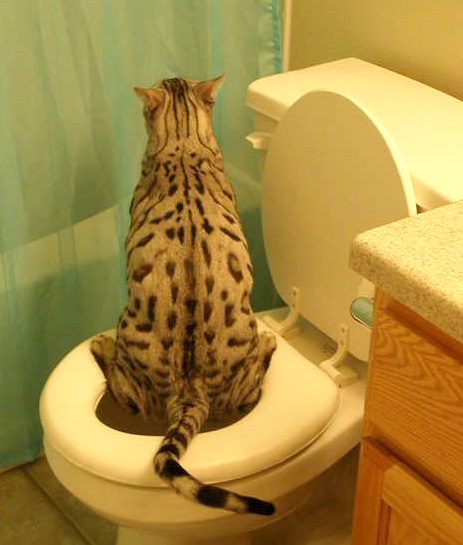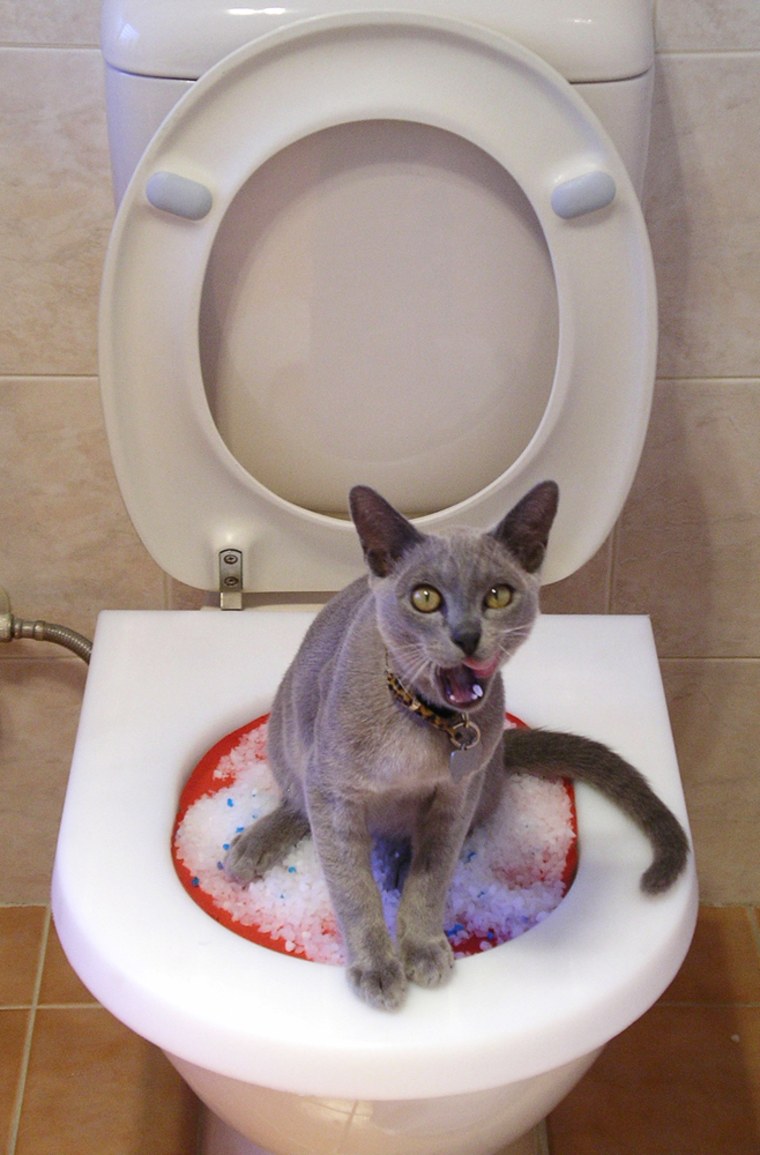Which Flushing Animal Waste Is Not Advisable
Which Flushing Animal Waste Is Not Advisable
Blog Article
This article following next on the subject of Should you flush animal waste down the toilet is amazingly fascinating. Check it out for yourself and see what you think about it.

When it involves dealing with waste, particularly animal waste, lots of people typically turn to the hassle-free alternative of flushing it down the commode. Nevertheless, this relatively simple service can have major consequences for the setting and public health. In this write-up, we'll check out why flushing pet waste down the bathroom is a bad concept and offer alternative methods for correct disposal.
Introduction
Proper garbage disposal is critical for preserving ecological sustainability and public health. While it may appear harmless to purge animal waste down the commode, it can bring about different issues, both for the environment and human health.
Threats of flushing pet waste
Environmental influence
Flushing animal waste presents harmful germs and virus into rivers, which can adversely influence aquatic communities. These virus can pollute water sources and injury marine life, disrupting fragile ecosystems.
Public health problems
Animal waste has harmful bacteria such as E. coli and Salmonella, which can pose severe wellness risks to people. Flushing pet waste down the commode can pollute water products, causing the spread of conditions and infections.
Alternatives to flushing
Rather than flushing animal waste down the bathroom, there are several alternative disposal methods that are extra eco-friendly and sanitary.
Composting
Composting animal waste is a green means to dispose of it. By composting, raw material is broken down right into nutrient-rich soil, which can be used to fertilize yards and plants.
Landfill disposal
Getting rid of animal waste in a land fill is another alternative. While not as environmentally friendly as composting, it is a much safer choice to flushing, as it stops the contamination of water resources.
Family pet garbage disposal systems
There are specialized pet waste disposal systems available that securely and hygienically get rid of animal waste. These systems frequently utilize enzymes to break down waste and remove smells.
Steps to correct pet garbage disposal
To make sure correct disposal of animal waste, follow these actions:
Scooping and getting waste
Consistently scoop and bag pet waste making use of eco-friendly bags. This stops waste from contaminating the setting.
Using marked waste bins
Dispose of bagged pet waste in designated waste bins, such as garden compost bins or landfill containers. Stay clear of flushing it down the toilet in any way costs.
Cleaning up can and pet dog areas on a regular basis
Regularly clean litter boxes and pet areas to avoid the accumulation of waste and germs. Usage pet-safe cleansing items to preserve health.
Benefits of appropriate disposal techniques
Taking on correct disposal approaches for pet waste uses a number of benefits:
Decreased environmental pollution
Proper disposal approaches lower the danger of environmental pollution, securing waterways and ecosystems from contamination
Decreased threat of water contamination.
By preventing flushing animal waste down the commode, the danger of water contamination is considerably reduced, guarding public health.
Enhanced sanitation and health
Proper disposal approaches promote far better hygiene and health, producing a more secure atmosphere for both humans and get more info pets.
Conclusion
Finally, flushing pet waste down the toilet is hazardous to the setting and public health. By adopting different disposal methods and complying with correct waste management methods, we can lessen the adverse impact of animal waste and contribute to a cleaner, much healthier world.
What To Do With Dog Poo – The Do's And Don'ts Of Disposing Of Faeces
Dog poo bins
Some councils provide dedicated dog waste bins in popular dog-walking areas that can take dog poo that has been bagged but you can legally dispose of dog waste in any public litter bin, as long as it is securely bagged. This also applies to your wheelie bin at home.
Do not flush
Water companies do not recommend flushing dog faeces down the toilet because certain parasites can survive the water processing treatment and are potentially harmful to humans. You should also never consider flushing dog poo that has been bagged down the toilet as the bags will not break down and instead create severe blockages in the sewage system.
In the woods
The Forestry Commission promotes a ‘stick and flick’ method for dealing with waste in the woods. This means finding a stick and using it to flick any poo from off the path so that it is out of the way of other walkers. You could also bury it as long as it is not in an area where there might be livestock.
Livestock
Parasites found in dog poo can be transmitted to livestock if they inadvertently eat infected faeces that has been left on grazing land. This could result in the death of sheep or abortion in cattle so you should always make sure you pick up your dog’s waste in fields where livestock could be present.

Regularly clean litter boxes and pet areas to avoid the accumulation of waste and germs. Usage pet-safe cleansing items to preserve health.
Benefits of appropriate disposal techniques
Taking on correct disposal approaches for pet waste uses a number of benefits:
Decreased environmental pollution
Proper disposal approaches lower the danger of environmental pollution, securing waterways and ecosystems from contamination
Decreased threat of water contamination.
By preventing flushing animal waste down the commode, the danger of water contamination is considerably reduced, guarding public health.
Enhanced sanitation and health
Proper disposal approaches promote far better hygiene and health, producing a more secure atmosphere for both humans and get more info pets.
Conclusion
Finally, flushing pet waste down the toilet is hazardous to the setting and public health. By adopting different disposal methods and complying with correct waste management methods, we can lessen the adverse impact of animal waste and contribute to a cleaner, much healthier world.
What To Do With Dog Poo – The Do's And Don'ts Of Disposing Of Faeces
Dog poo bins
Some councils provide dedicated dog waste bins in popular dog-walking areas that can take dog poo that has been bagged but you can legally dispose of dog waste in any public litter bin, as long as it is securely bagged. This also applies to your wheelie bin at home.
Do not flush
Water companies do not recommend flushing dog faeces down the toilet because certain parasites can survive the water processing treatment and are potentially harmful to humans. You should also never consider flushing dog poo that has been bagged down the toilet as the bags will not break down and instead create severe blockages in the sewage system.
In the woods
The Forestry Commission promotes a ‘stick and flick’ method for dealing with waste in the woods. This means finding a stick and using it to flick any poo from off the path so that it is out of the way of other walkers. You could also bury it as long as it is not in an area where there might be livestock.
Livestock
Parasites found in dog poo can be transmitted to livestock if they inadvertently eat infected faeces that has been left on grazing land. This could result in the death of sheep or abortion in cattle so you should always make sure you pick up your dog’s waste in fields where livestock could be present.

Do you really like more info about Don't Flush Your Pets Poo Down The Loo, Vet Warns? Write a comment directly below. We would be delighted to hear your opinions about this blog entry. We hope that you visit us again soon. I beg you pause to distribute this entry if you liked it. Thanks a lot for going through it.
Call Report this page